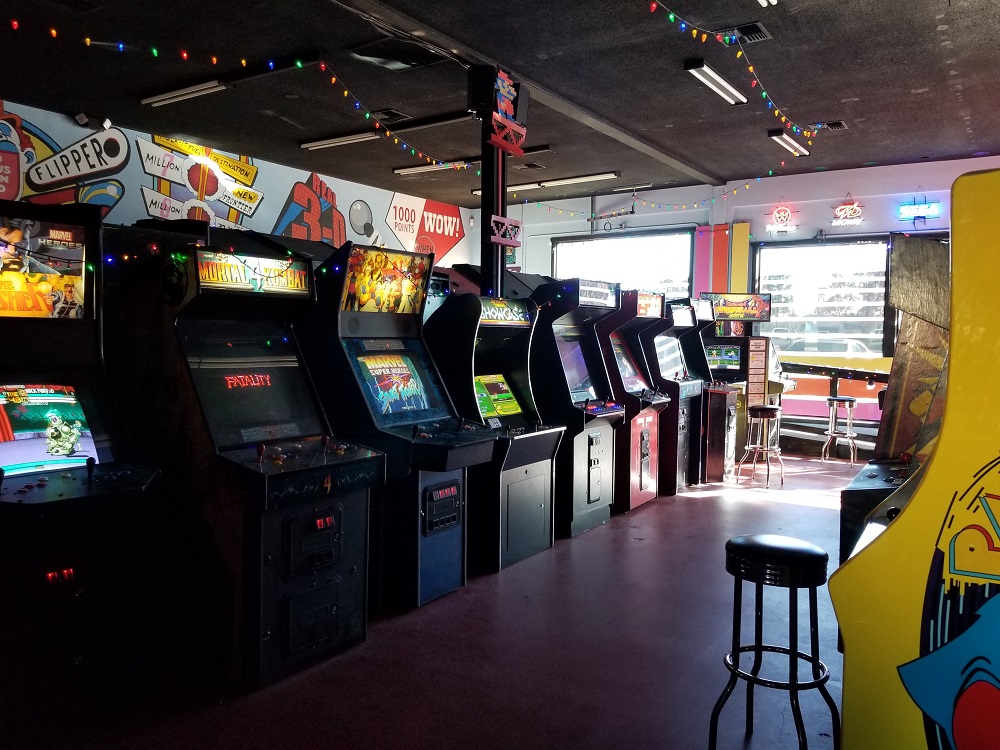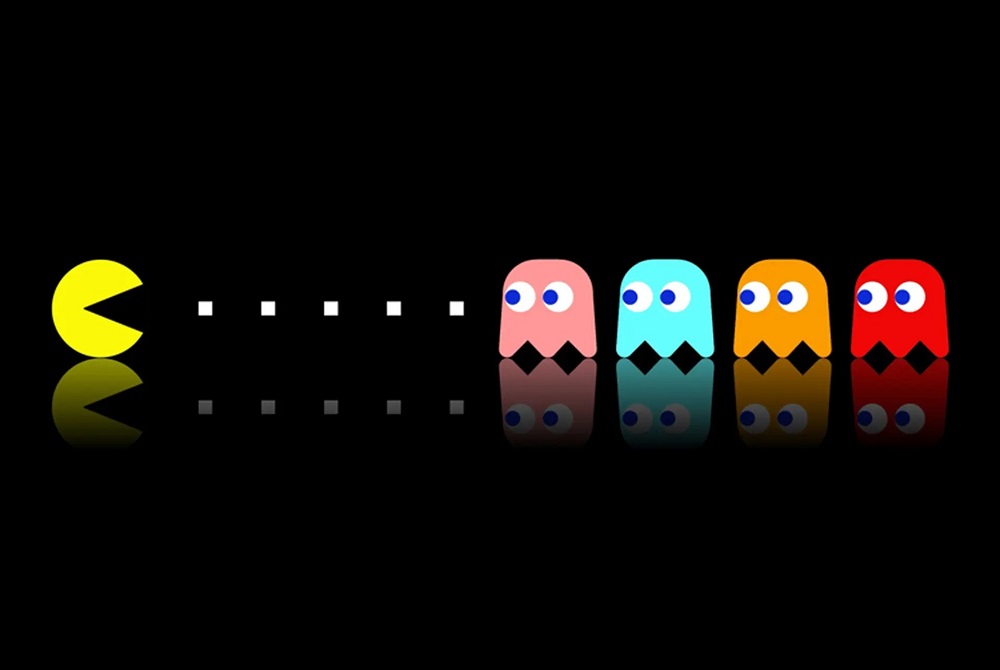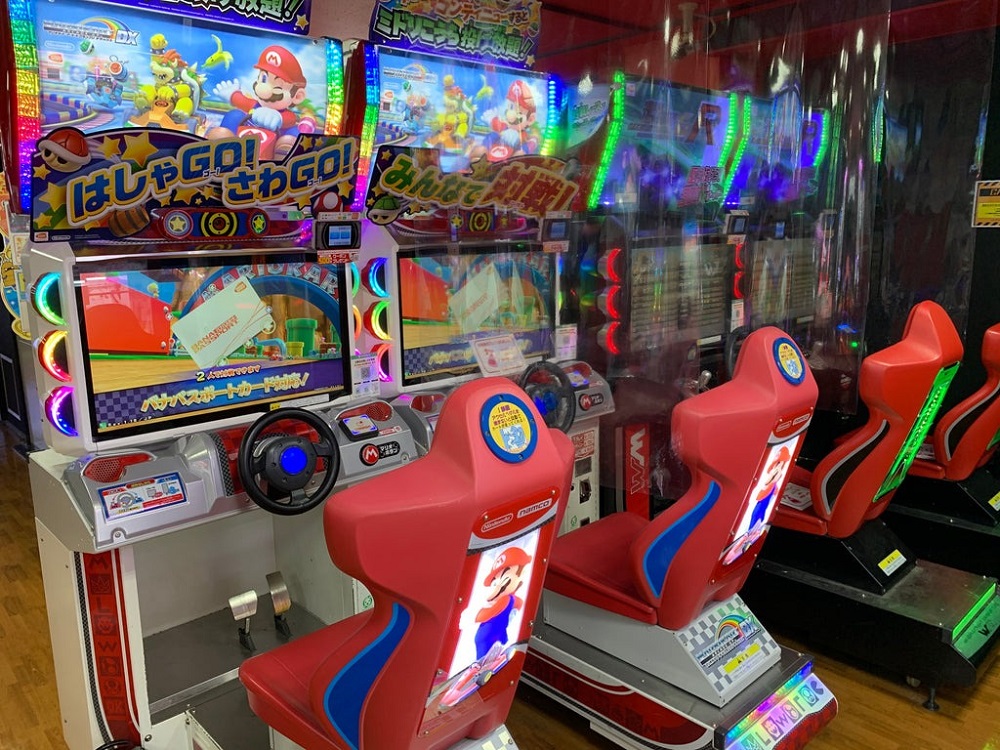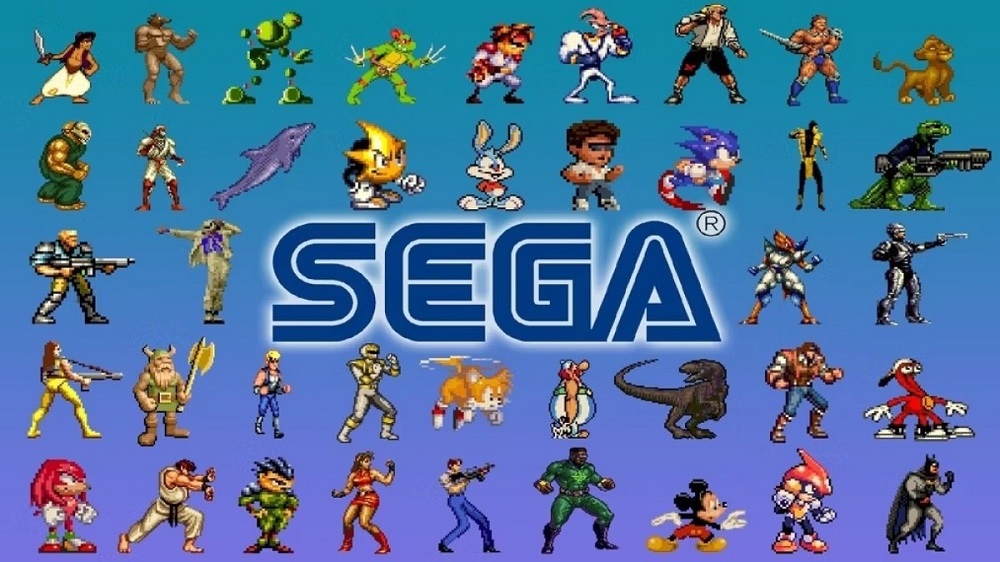Before gaming consoles invaded living rooms and handhelds fit in pockets, there was the arcade — a glowing temple of sound, color, and competition. Between 1980 and 1985, arcades became the heartbeat of global gaming culture. Players lined up with quarters in hand, chasing high scores, battling friends, and writing the first chapter of interactive entertainment.
This five-year stretch wasn’t just the rise of gaming; it was the cultural explosion that shaped everything we know about video games today.

At Oldies Nest, we’re stepping back into the neon lights of the 80s to relive the Golden Age of Arcades — a time when beeps, blips, and pixelated aliens ruled the world.
From Pong to Pac-Man: The Spark That Started It All
The arcade boom didn’t happen overnight. It began with Atari’s Pong (1972) — the first commercial success in video gaming. But it wasn’t until the early 80s that arcades transformed into a social phenomenon.

- 1980: Pac-Man – Namco’s masterpiece transcended gaming, becoming a pop culture icon.
- 1981: Donkey Kong – Introduced the world to Jumpman (later Mario), proving games could tell stories.
- 1982: Dig Dug & Joust – Showed how simple concepts could create endless replayability.
- 1983: Dragon’s Lair – Blended animation and gameplay, hinting at the cinematic future of games.
These titles laid the foundation for every genre to follow — platformers, shooters, beat ‘em ups, and even RPGs.
The Arcade as a Social Hub

The 80s arcade wasn’t just a room full of machines — it was a community.
- Friends gathered after school, daring each other to beat high scores.
- Teenagers learned reflexes, coordination, and even competition etiquette.
- Rivalries were born over Street Fighter machines long before online leaderboards existed.
Arcades blurred social boundaries. You didn’t need to be an athlete or a genius — if you had a few quarters and quick reflexes, you could be a legend.
This culture of public play paved the way for modern esports, as we explored in The Birth of Esports: Retro Competitive Scenes.
The Aesthetic of the Era
Neon lights, booming synths, pixel art, and metallic cabinets — arcades of the early 80s had an aesthetic that defined the decade.
Designers crafted immersive experiences before 3D graphics even existed:
- Custom cabinet artwork turned every game into a visual invitation.
- Unique controls like trackballs (Centipede), spinners (Tempest), and dual joysticks (Robotron: 2084) gave each title a tactile identity.
- Soundtracks, limited to 8-bit tones, were catchy enough to stay in players’ heads for decades.
As discussed in The Music of Retro Games: Chiptune Power, these melodies weren’t just background noise — they were the emotional heartbeat of arcade gaming.
Technology Leaps: 8-bit to 16-bit
The early 80s saw hardware evolve rapidly.
| Year | Landmark Game | Technological Leap |
|---|---|---|
| 1980 | Pac-Man | Character-driven gameplay |
| 1981 | Defender | Complex scrolling worlds |
| 1982 | Pole Position | Pseudo-3D racing visuals |
| 1983 | Dragon’s Lair | Laserdisc animation |
| 1984 | Marble Madness | Isometric perspective |
| 1985 | Gauntlet | Four-player co-op innovation |
These innovations shaped console evolution, influencing systems like the Sega Genesis and Nintendo Entertainment System.
The Business Boom — and Crash
By 1982, arcades were everywhere — malls, bowling alleys, movie theaters, even restaurants. The U.S. arcade market hit $8 billion in revenue, rivaling Hollywood.
But this rapid expansion couldn’t last forever.
- Oversaturation led to too many low-quality games.
- Home consoles, especially the Atari 2600, offered gaming without quarters.
- The 1983 video game crash crippled the market.
Yet even amid decline, arcades adapted — focusing on quality, multiplayer experiences, and community-driven events.
The Global Phenomenon
Arcade culture didn’t just belong to America.

- Japan: Arcades became cultural landmarks — from Tokyo’s Taito Stations to Sega’s game centers.
- Europe: Developers like Gremlin and Ocean Software began blending arcade tech with home computers.
- South Korea & Taiwan: Imported cabinets fueled new gaming hubs.
By the mid-80s, Japan’s innovations, especially from Namco, Konami, and Sega, began shaping the global market, laying groundwork for what would become the console wars.
Memorable Machines and Genres Born
Some of gaming’s greatest franchises trace their roots to this golden era:
- Space Invaders (Taito, 1978) – Sparked arcade fever worldwide.
- Pac-Man (Namco, 1980) – The first gaming superstar.
- Defender (Williams, 1981) – Birth of the side-scrolling shooter.
- Donkey Kong (Nintendo, 1981) – Platforming perfection.
- Dragon’s Lair (Cinematronics, 1983) – Pioneered animated storytelling.
- Gauntlet (Atari, 1985) – Introduced multiplayer dungeon crawling.
Each of these shaped the DNA of later home consoles, influencing classics discussed in The Rise of Sega: From Arcades to Consoles.
The Players Behind the Magic
The Golden Age wasn’t just about machines — it was about people.
- Shigeru Miyamoto (Nintendo): Introduced character-driven gameplay.
- Toru Iwatani (Namco): Created Pac-Man to appeal to broader audiences.
- Eugene Jarvis (Williams): Brought intensity to arcade action.
These pioneers turned technical limitations into art forms, crafting the experiences that inspired decades of developers.
The Transition to Home
As the mid-80s arrived, arcades slowly gave way to home gaming.
The NES (1985) and Sega Master System (1986) promised arcade-quality games in your living room. Suddenly, the same excitement of inserting a quarter was replaced by the thrill of pressing “Start” at home.
But rather than fading, arcades evolved into nostalgia — an essential part of the retro ecosystem, revisited in The Comeback of Retro Consoles: Mini Versions Reviewed.
Legacy: Why Arcades Still Matter
Even in 2025, arcade culture survives — in retro bars, emulation cabinets, and fan-built machines. Why? Because the arcade wasn’t just about playing; it was about feeling.
- The pressure of one more coin.
- The cheers of a crowd watching your final life.
- The satisfaction of typing your initials on a high-score list.
Those sensations defined what gaming means — community, challenge, and joy.
Conclusion: The Lights Still Glow
Between 1980 and 1985, arcades weren’t just games — they were experiences. The Golden Age gave us heroes, genres, and memories that still shape how we play today.
Even as consoles evolved and VR took over, the heart of gaming still beats to the rhythm of those 8-bit melodies and flashing screens.
So next time you hear that familiar “Insert Coin”, remember — you’re not just playing. You’re continuing a legacy.


